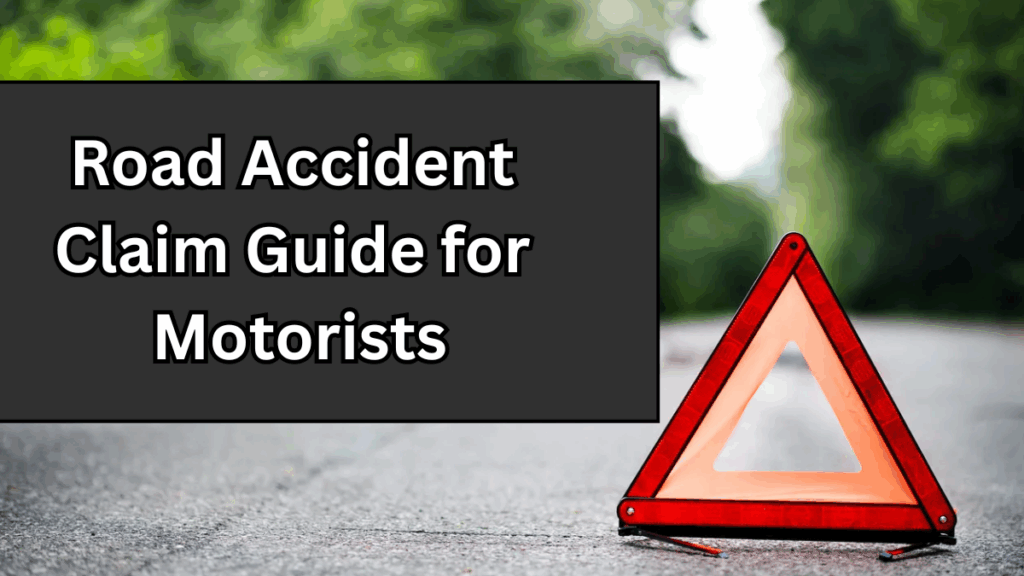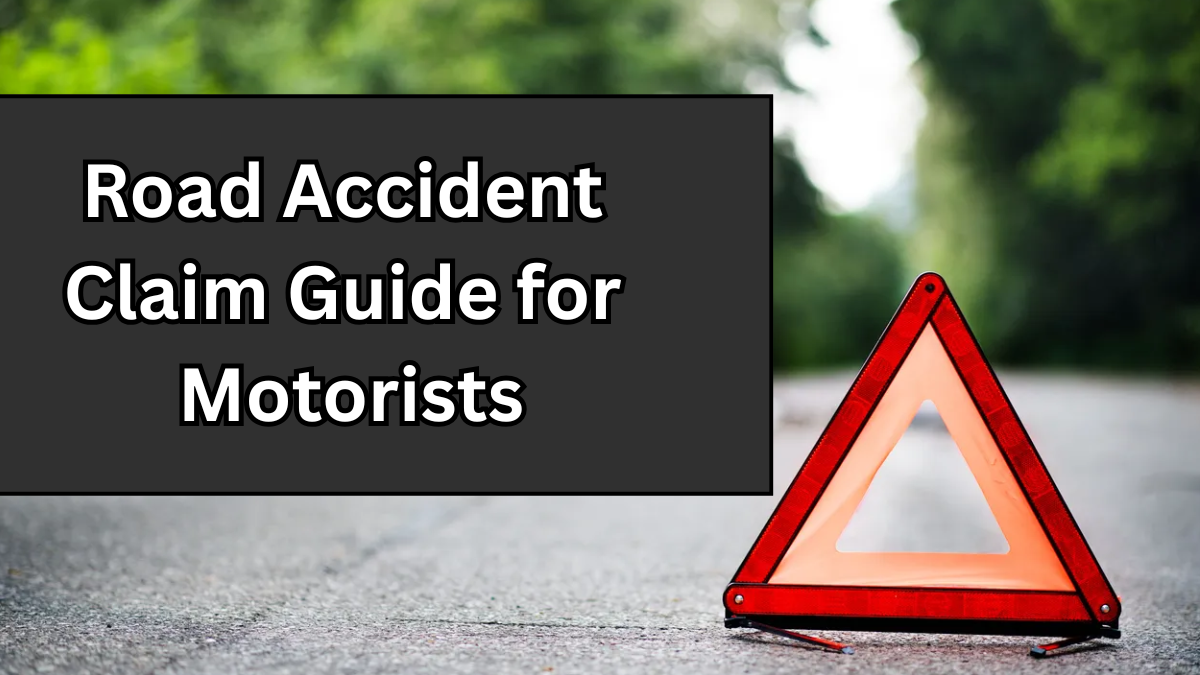Accidents can shake anyone up. Whether it’s a minor fender-bender or a serious collision, knowing the right legal steps to claim compensation can save you from added stress. This 2025 guide breaks down the Road Accident Claim Process for Motorists into simple, actionable steps so you can focus on recovery — not red tape.

First Things First: Immediate Steps After a Road Accident
Before you think about claims or legalities, ensure you and others are safe. Here’s what you should do right after a vehicle accident:
-
Check for injuries – Call emergency services if anyone is hurt.
-
Move to a safe spot – If the vehicle can be moved, get it out of traffic.
-
Call the police – An official police report can be crucial for your claim.
-
Exchange details – Get the other driver’s name, contact, insurance, and license plate number.
-
Document everything – Take photos of the accident scene, vehicle damage, road conditions, and injuries if any.
Understanding the Road Accident Claim Process for Motorists
Filing a claim doesn’t have to be confusing. Here’s a step-by-step breakdown of how motorists can legally claim vehicle accident compensation in 2025:
Step-by-Step Table
Step |
Action Required |
|---|---|
1. Notify Your Insurer |
Inform your insurance company within 24-48 hours of the accident. |
2. Gather Evidence |
Submit photos, police reports, medical bills, and repair estimates. |
3. File a Claim |
Complete your insurance provider’s claim form with supporting documents. |
4. Assessment |
Insurance will assess fault, damage, and eligibility for compensation. |
5. Settlement or Dispute |
Accept the settlement or challenge it through negotiation or legal channels. |
Legal Support for Vehicle Accident Compensation
Sometimes, insurance companies may reject or reduce your claim. In such cases, seeking legal help is wise. Here’s how a legal expert can help:
-
Negotiate with insurers for a fair settlement
-
Assist in arbitration or litigation if needed
-
Ensure your rights are protected under the Motor Vehicles Act
-
Help file claims with third-party insurance (in hit-and-run or uninsured cases)
Types of Claims You Can File
Depending on the nature of the accident and coverage, you can file for:
-
Own damage (repairs to your vehicle)
-
Third-party damage (injury or damage to another person or vehicle)
-
Personal injury (hospitalization, disability, or loss of income)
-
Death claims (in fatal accidents, for legal heirs)
Key Points to Remember
-
Keep a copy of your insurance policy and vehicle registration in the car
-
Report the accident to the police and insurer promptly
-
Maintain all receipts and bills related to the accident
FAQs: Road Accident Claim Process for Motorists
Q1. How soon should I file a claim after an accident?
You should ideally report the incident and file a claim within 24 to 48 hours to avoid rejection.
Q2. What if the other driver doesn’t have insurance?
You can still file for vehicle accident compensation under your own policy (if covered) or through a Motor Accident Claims Tribunal (MACT).
Q3. Can I claim compensation for minor accidents?
Yes. Even if the damage or injury seems minor, you are legally entitled to claim compensation.
Q4. Do I need a lawyer for a road accident claim?
Not always, but having legal assistance can help maximize compensation, especially in case of disputes.
In Summary
The Road Accident Claim Process for Motorists in 2025 is now more streamlined than before, but it still requires attention to detail and timely action. With the right documentation and legal awareness, you can navigate your vehicle accident compensation journey smoothly.
Whether it’s negotiating with an insurer or fighting for your rightful claim, don’t hesitate to seek professional guidance. Because in the end, your safety — and justice — matter the most.
Click here to learn more
